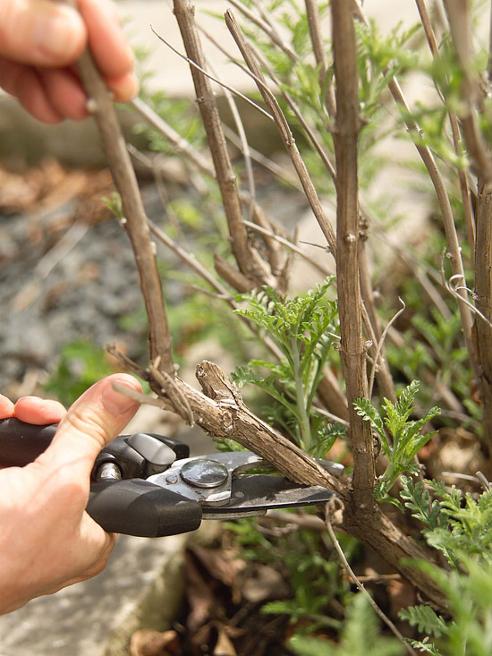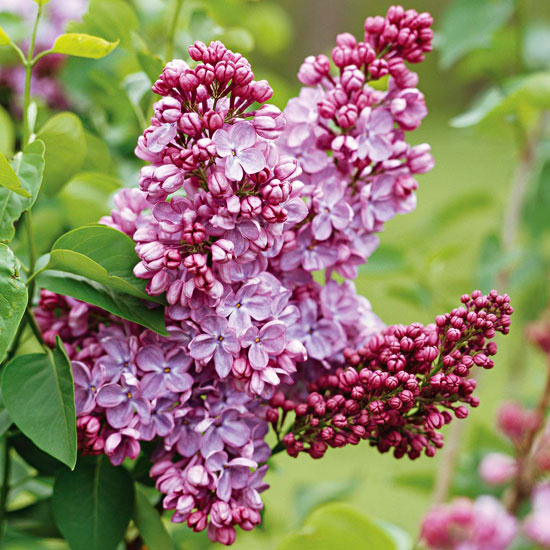Take the mystery out of when to prune your plants by following our quick-and-easy guide to trimming garden favorites.

Getting Started
A good starting point for pruning any plant is to remove dead, diseased, or damaged stems as soon as you see them. Dead stems attract insects and invite diseases to develop.
Also remove crossing branches, water sprouts (vigorous upright growing shoots that form on trunks or side branches), and suckers (vigorous shoots that develop near or from below ground).

Spring-Flowering Trees and Shrubs
Early-spring bloomers, such as lilac, forsythia, and rhododendron, bear flowers on wood formed the previous year. The best time to prune them is late spring -- immediately after they finish blooming. If you prune them later in the growing season or during winter, you'll remove flower buds and decrease the amount of spring bloom.
Test Garden Tip: To keep spring bloomers flowering vigorously, remove some of the oldest shoots all the way to the ground. This allows younger stems to grow and bloom.
Video: Pruning Spring Shrubs
Watch this quick video to learn more about trimming, shaping, and cutting back spring-flowering shrubs such as lilacs.

Summer-Blooming Trees and Shrubs
Plants that bloom in summer, such as potentilla, butterfly bush, and crape myrtle, produce their flowers on new growth from the current season. Prune them in winter while they're dormant, or in early spring just before they push out their new growth. You can even cut them all the way to the ground in late winter, and they'll still bloom that same summer.
Test gardenTip: Save time by using a pole pruner with a rotating head to remove stems all the way to the base of the plant. That way, you don't have to bend over for each cut, saving not only time, but also wear and tear on your back!